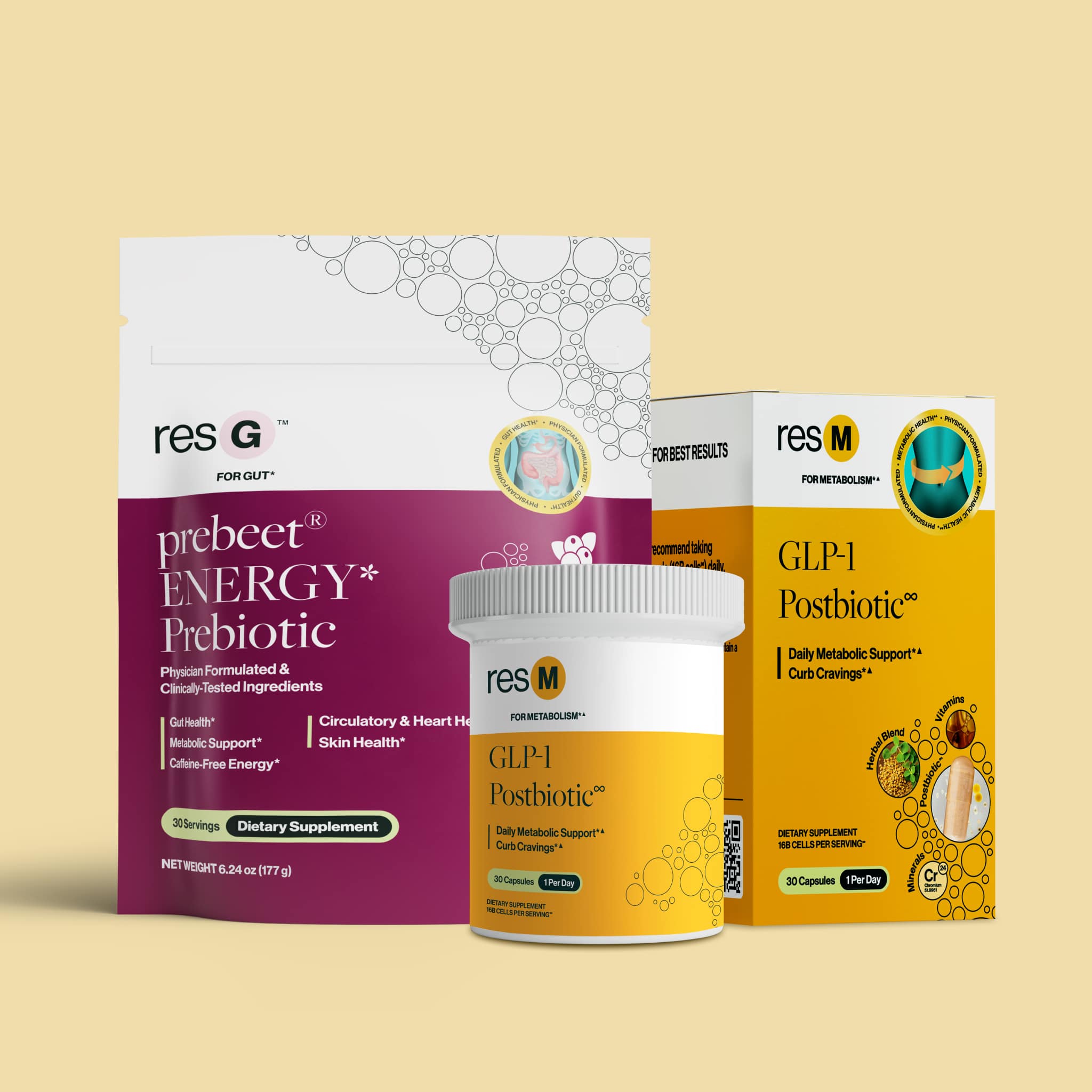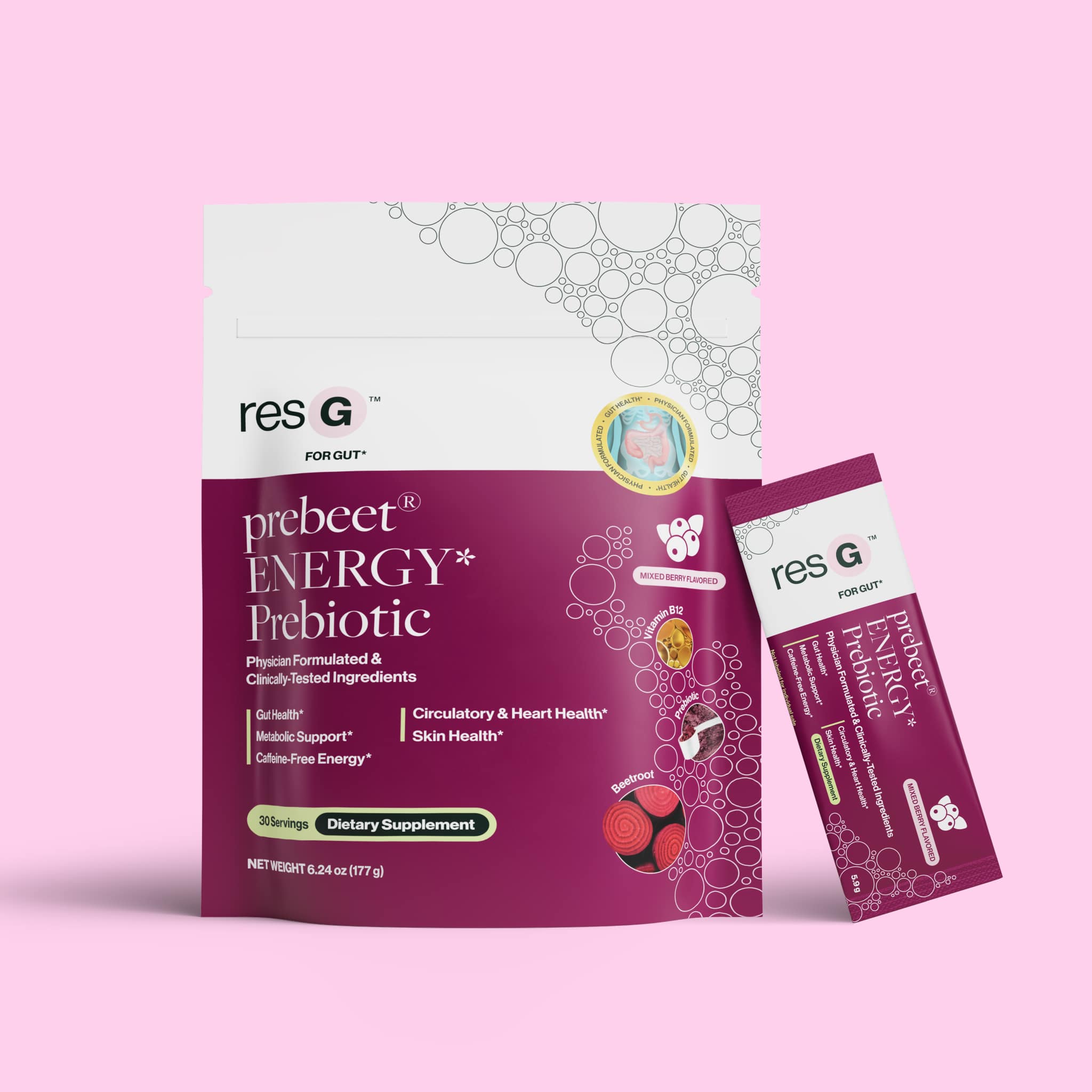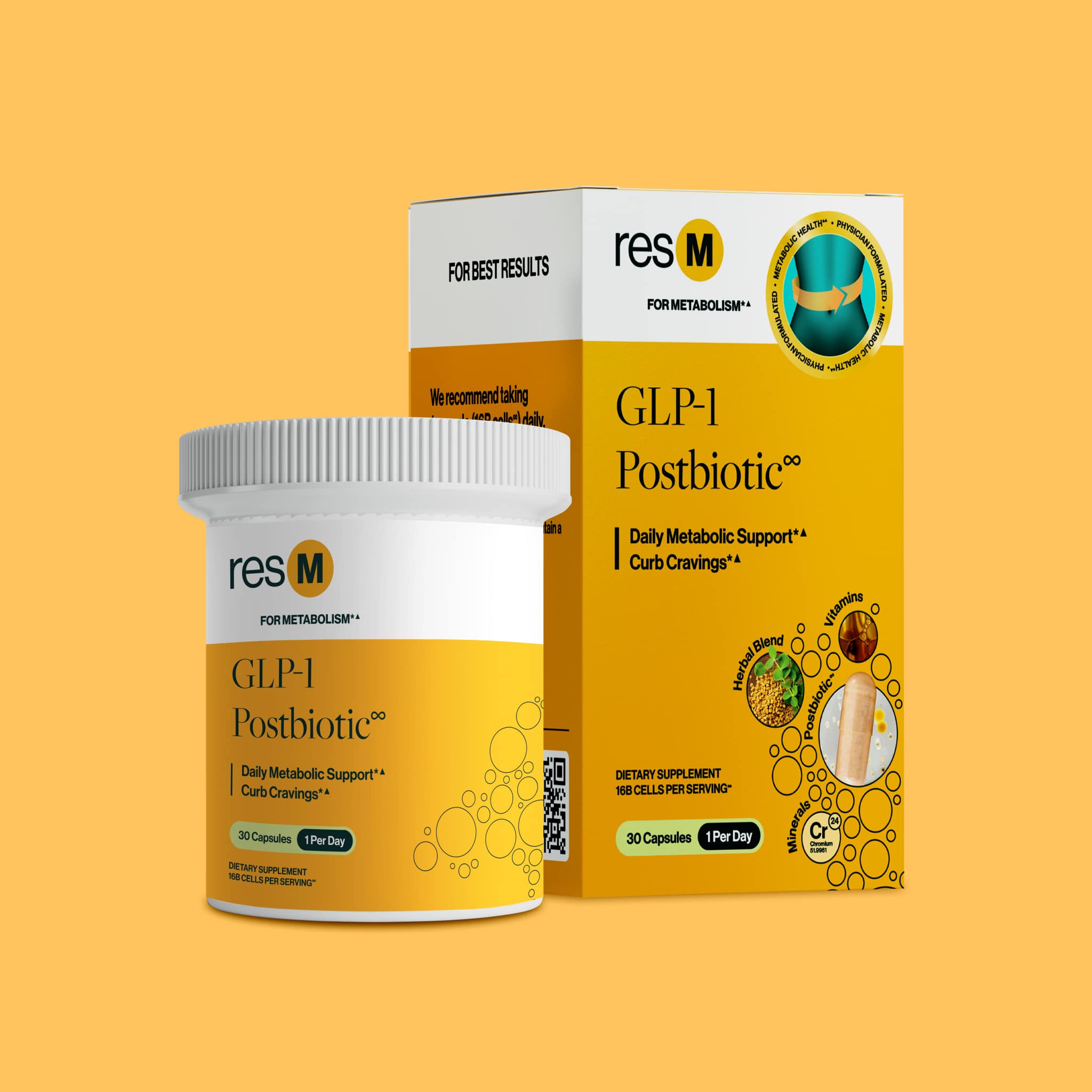The appeal of GLP-1 drugs is undeniable - you can avoid making any lifestyle or dietary changes while the fat melts away. Or, maybe you are a diabetic looking for an easier way to keep your blood sugar in check.
Whatever the case, understanding the cost of GLP-1 drugs is important before you actually start this regimen. So, how much does GLP-1 cost? More specifically, how much is GLP-1 without insurance?



It depends on a variety of factors, like your specific coverage, the brand of drug you choose, and more. We’ll cover these below to help you better set your expectations.
Before we dive into details, you can expect to pay as much as $1,500 per month before insurance and rebates for drugs like Ozempic, Wegovy, Mounjaro, and others. The question is, is it worth paying prices this high for a temporary solution with a host of side effects?
We think not - and we’ll show you how to increase GLP-1 naturally at a fraction of the cost without the adverse effects these drugs are notorious for.
Overview and Benefits of GLP-1 Drugs
GLP-1, or Glucagon-like Peptide-1, is a hormone produced in the gut that’s involved in regulating blood sugar levels and appetite.
It stimulates insulin secretion from the pancreas in response to food intake and inhibits glucagon release, which helps lower blood glucose levels. GLP-1 also slows gastric emptying, helping you avoid overeating by promoting a feeling of fullness.
Common Drugs
GLP-1 receptor agonists are a class of medications that mimic the action of the natural hormone GLP-1. These drugs are commonly used to manage blood sugar levels and assist with weight management. Some of the well-known drugs and brand names include:
- Semaglutide (Ozempic©, Wegovy©)
- Liraglutide (Victoza©, Saxenda©)
- Dulaglutide (Trulicity©)
- Exenatide (Byetta©, Bydureon©)
These medications are typically administered via injection and have shown promising results in improving metabolic health. As you’ll soon discover though, they’re not without their side effects - and the cost of GLP-1 can be difficult to stomach.
Key Benefits
There’s a reason that, despite the GLP-1 cost, these drugs have skyrocketed in popularity. They work! Here’s what they have been shown to do:
- Enhanced Blood Sugar Control: GLP-1 receptor agonists help lower blood glucose levels by increasing insulin secretion and decreasing glucagon release. They’re effective in managing chronic high blood sugar issues.
- Weight Management: By slowing gastric emptying and increasing satiety, GLP-1 drugs can help reduce how much you eat. This is why individuals looking to manage their weight rely on them as well.
- Cardiovascular Health: Some GLP-1 receptor agonists have shown benefits beyond blood sugar control, including improved cardiovascular health. They can help reduce the risk of heart-related issues in individuals with chronic high blood sugar.
- Digestive Health: The delayed gastric emptying effect not only aids in weight management but also improves digestive comfort by reducing the frequency of digestive discomfort and improving gut health.
How Much Does GLP-1 Cost With Insurance?
Sounds great - but how much does GLP-1 cost? Let’s look at what you can expect to pay with insurance before turning to the GLP-1 cost without insurance.
It’s important to note that most of the time, you’ll find it difficult to get insurance coverage for these drugs as means of weight management. The treatment is generally covered for treating diabetes, which is what it was originally designed for.
Average Costs with Insurance Coverage
The price of GLP-1 drugs with insurance depends on your specific insurance plan and coverage details. On average, though, you can expect to pay anywhere from $25 to $150 per month.
This cost may include copays, deductibles, and coinsurance fees. It is important to review your insurance policy to understand the specific terms and coverage for these medications.
Factors Affecting Costs With Insurance
Let’s take a look at some of the factors influencing how much you’ll pay for these drugs to help you better set your expectations and determine if it’s really worth it or not:
- Insurance Plan Type: HMOs, PPOs, and high-deductible health plans (HDHPs) offer varying levels of coverage for prescription medications.
- Coverage Tier: GLP-1 medications may be categorized into different tiers within an insurance plan's formulary. Drugs in a lower tier typically have lower copays, while those in higher tiers may come with higher costs.
- Deductibles and Copays: The amount you need to pay out-of-pocket before your insurance starts covering the costs can affect your overall expenditure on GLP-1 drugs. Moreover, co-pays (fixed amounts you pay for prescriptions) will vary based on your plan and the medication tier.
- Pharmacy Network: Think about if you plan to use in-network or out-of-network pharmacies. In-network pharmacies typically offer lower costs due to agreements with the insurance provider.
- Generic Availability: Some GLP-1 medications may have generic versions at a lower cost. These essentially do the same thing for less money.
How Much is GLP-1 Without Insurance?
Maybe you don’t have insurance. Or, perhaps you’re struggling to get insurance assistance because you’re not a diabetic and don’t technically have a medical reason to justify taking drugs like Ozempic or Wegovy.
Either way, how much is GLP-1 without insurance? Here’s what you need to know…
The Challenge in Getting Insurance Approval for GLP-1 Drugs
First, why is it so difficult to get insurance to pay for your GLP-1 drugs? Because ultimately, these solutions are aimed at diabetics.
Just as you can’t get insurance coverage for hair loss, you’ll have a hard time getting coverage for weight loss drugs - unless your weight poses a health risk. Common hurdles include:
- Pre-authorization Requirements: This involves your healthcare provider submitting documentation proving the medical necessity of the medication. In other words, you need to convince your doctor you need it so they can convince your insurance company.
- Step Therapy: Some insurers may mandate that you try and fail less expensive treatments before approving GLP-1 drugs.
- Coverage Limitations: Insurance policies often have limitations based on the type and severity of the condition being treated. If the prescribed GLP-1 drug does not fall within these parameters, coverage may be denied.
That doesn’t mean you can’t get access to the treatment, though. You’ll just have to pay out of pocket. So, how much does GLP-1 cost without insurance?
So, How Much Does GLP-1 Cost Without Insurance?
Unfortunately, the cost of GLP-1 drugs without insurance can be prohibitively high, often deterring patients from pursuing this line of treatment. The monthly cost of GLP-1 medications can range from $800 to $1,500 on average.
Again - the specific brand name treatment you choose will influence your cost, along with the pharmacy you choose to buy from. Dosage will influence pricing as well.
Are There Other Ways to Get Financial Assistance?
Now, just because insurance won’t provide assistance doesn’t mean other avenues don’t exist. Many pharmaceutical companies offer patient assistance programs (PAPs).
These provide medications at reduced costs or even for free to eligible individuals. They’ll typically require proof of financial need and may have other eligibility criteria, though.
You could also look into prescription discount cards and manufacturer coupons to bring costs down. Websites like GoodRx and SingleCare allow you to compare prices and access discounts at various pharmacies as well.



Nonprofit organizations and patient advocacy groups often provide financial assistance, grants, or other resources to help cover the cost of medications too. These organizations can offer guidance and support in navigating financial challenges.
But like insurance providers, you’ll have to navigate the challenge of convincing them you need the treatment for health reasons rather than vanity purposes.
You could even try participating in clinical trials for access to GLP-1 drugs at no cost. Just be aware that there may be specific criteria for enrollment, and you’re essentially signing up to be a guinea pig.
This begs the question, is GLP-1 really worth it?
Is GLP-1 Really Worth It?
The GLP-1 cost alone may be enough to steer you away from these drugs - but we haven’t even discussed the biggest issues surrounding these popular treatments. There are a number of side effects you should anticipate:
- Gastrointestinal Issues: Nausea, vomiting, and diarrhea are among the most frequently reported side effects. These can be particularly challenging during the initial phase of treatment as the body adjusts to the medication.
- Decreased Appetite: While a reduced appetite can aid in weight loss, it can also lead to inadequate nutrient intake if not managed properly. Starving yourself is not sustainable.
- Injection Site Reactions: Since many GLP-1 drugs are administered via injection, some users may experience irritation or discomfort at the injection site. You’ll also have to get used to injecting yourself with a large needle weekly.
- Potential for Hypoglycemia: Although less common, there is a risk of hypoglycemia (low blood sugar), especially when GLP-1 drugs are used in conjunction with other medications that lower blood glucose levels.
- Pancreatic Concerns: There have been discussions and some studies suggesting a potential risk of pancreatitis with GLP-1 use. While the evidence is not conclusive, it’s something you need to be aware of.
While you can learn how to reduce Ozempic side effects in our blog, there are natural alternatives that don’t expose you to any adverse effects.
The other problem with GLP-1 receptor agonists is that you need to continue the treatment indefinitely. Once you cycle off, you will regain all the weight you lost.
All this considered, along with the egregious GLP-1 price point, may leave you searching for a better option. You’re in luck - we’re going to share the best natural alternatives to Semaglutide below.
Cheaper and Safer Natural Alternatives to Try Instead
From the best gut healing supplements to the best fruits for gut health, there are so many natural alternatives worth exploring before resorting to something as expensive and potentially problematic as a GLP-1 receptor agonist like Ozempic or Wegovy.
Foods That Boost GLP-1 Naturally
The secret to weight loss isn’t all that secretive - you need to start eating better! This goes beyond simply maintaining a caloric deficit for sustainable weight loss, though. There are a number of foods that have been shown to enhance GLP-1 levels naturally, including:
- High-Fiber Foods: Foods like oats, barley, beans, lentils, and whole grains are excellent sources of soluble fiber, which helps slow digestion and stabilize blood sugar levels.
- Fermented Foods: Yogurt, kefir, kimchi, and sauerkraut contain probiotics that can improve gut health. A healthy gut microbiome is linked to better GLP-1 production and overall metabolic health.
- Leafy Greens: Vegetables like spinach, kale, and Swiss chard are high in nutrients and fiber. These greens can support GLP-1 levels while providing essential vitamins and minerals.
- Nuts and Seeds: Almonds, chia seeds, and flaxseeds are rich in fiber and healthy fats as well, which can aid in the slow release of GLP-1 and help keep you full longer.
- Fruits: Berries, apples, and pears are high in fiber and antioxidants. These fruits can help improve GLP-1 levels while offering a sweet and nutritious option for snacks or desserts.
Rethinking your diet will offer a variety of other benefits as well - you are what you eat, after all. Prioritize natural whole foods and you’ll be amazed at how different you look and feel over the course of time.
Supplements to Consider
There are many other great supplements to boost GLP-1 naturally, including:
- Ginseng: Studied for its potential to enhance GLP-1 secretion and improve insulin sensitivity. Choose supplements containing Panax ginseng or American ginseng.
- Green Tea Extract: Contains catechins, which can increase GLP-1 levels and support weight management. It also offers antioxidant benefits that support overall health.
- Resveratrol: This polyphenol found in grapes and red wine has been shown to enhance GLP-1 levels and support metabolic health.
- Berberine: A compound found in several plants that has been shown to improve GLP-1 secretion and insulin sensitivity.



Just be sure to do your due diligence into the specific supplement you end up choosing to ensure it meets your needs without doing more harm than good.
Lifestyle Modifications for Improved GLP-1 Levels
You don’t need to reinvent the wheel to accomplish your weight loss goals. Get back to the basics: getting regular physical activity. Both aerobic and resistance exercises have been shown to increase GLP-1 levels. Aim for at least 150 minutes of moderate-intensity exercise weekly.
You should also find a way to manage chronic stress more effectively, as it can negatively impact GLP-1 levels and overall health. That could include meditation, yoga, and deep breathing exercises.
Quality sleep is essential for maintaining healthy GLP-1 levels too. Aim for 7-9 hours of sleep per night and establish a regular sleep schedule - this will have far-reaching benefits for your health as a whole.
Our blog has additional resources to support you in your next steps, including doing a gut health detox, the best tea for gut health, how much of your immune system is in your gut, and the best vitamins for bloating.
Wrapping Up Our Guide to the GLP-1 Cost Without Insurance
So, how much is GLP-1 without insurance? In closing, the costs can be as high as $1,500 for drugs like Ozempic, Wegovy, and Mounjaro.
While insurance may bring the GLP-1 cost down to just $25 to $100 per month, you need to consider if the fast results these drugs promise are worth the potential side effects and long-term dependency - especially when safer, more affordable, and natural alternatives are available.
---
Whether you need a prebiotic or probiotic supplement or both we’ve got clinically studied solutions waiting to be discovered.
These are expert opinions on lifestyle from professionals who are board-certified physicians, registered dietitians, or healthcare professionals. This content does not represent any medical advice for the prevention or treatment of any medical diseases.